Baby, it’s cold outside (even if you have a natural fur coat): How our animals brave the winter chill
When the temperature drops, how do Britain’s birds, beasts and plants keep the cold at bay? John Lewis-Stempel reveals Nature’s own thermals.
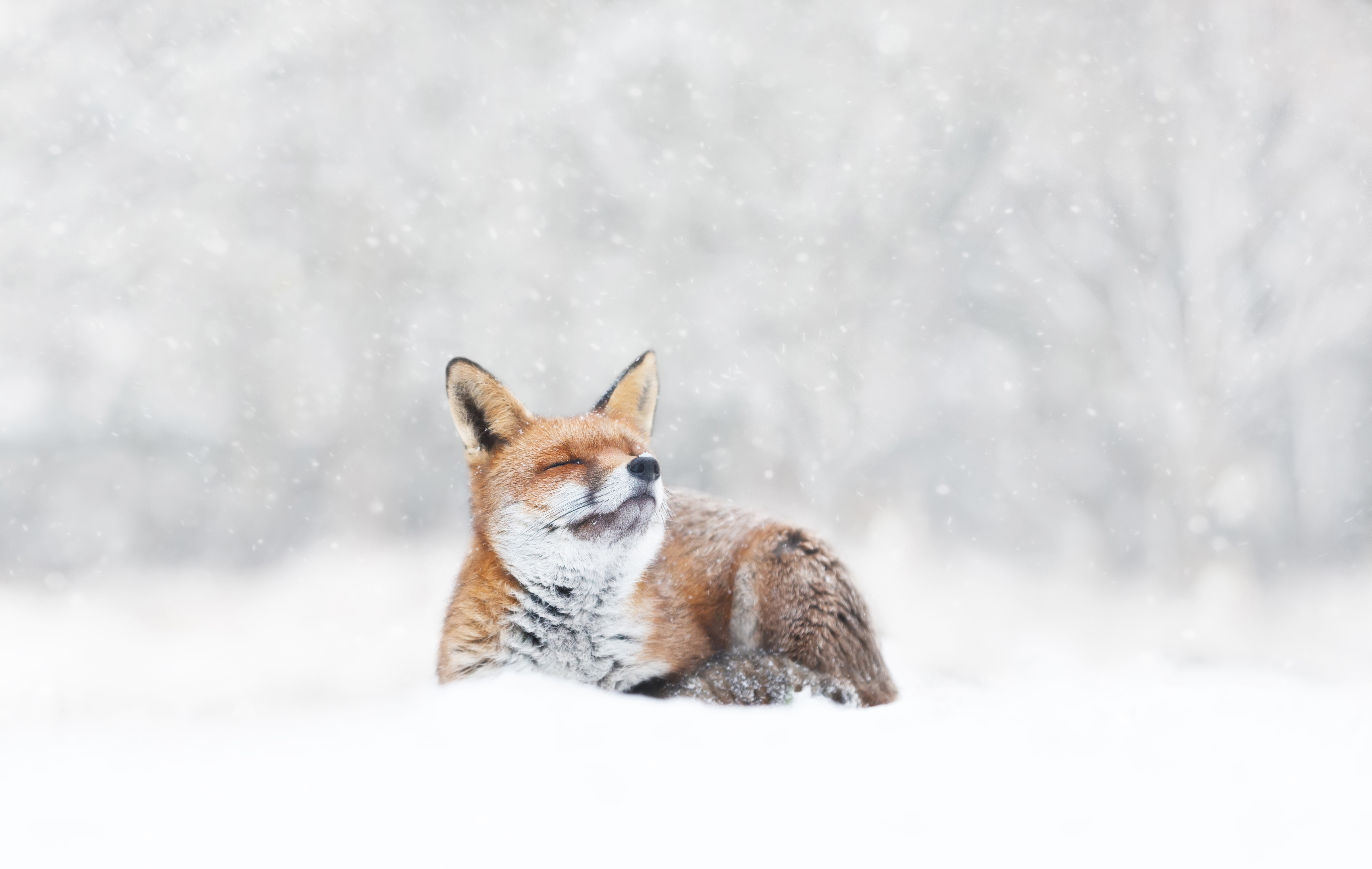

We have all seen it. You are driving over the moor in dead winter, the snow descending unceasing; but, by the wayside, there is an Exmoor pony, or a Welsh, grazing unconcernedly. Or, you open the bedroom curtains on a January morning, the garden mummified in mortal white frost, and a tiny, fragile wren is, somehow, hopping perkily about the acacias.
How do they survive the depths of winter, the animals and the birds? Winter in Britain is variable, yes, often mild and wet, but then it soars in all its cold majesty. In English, the seasons are not capitalised, but Winter must be. Winter, with the majuscule initial, Winter with its ice and its snow. Winter when the pond freezes over with a pale ice lid, the snow builds unremittingly to the hedge top and the earth of the wheat field is cast in iron, unyielding to the beak of the rook. We humans flip up the car heating, turn around the dial of the house thermostat, shove an extra dog on the bed. Yet, the natural things outside, really, how do they survive?
They have their stratagems, the wild things. Most obviously, flee! Hence the pre-hibernal migration of our avian summer visitors, the swallow, the warbler, the cuckoo and all, southing to warmer climes, the avian Club Med, even beyond. Our resident birds are also cognisant of the evasion manoeuvre, the flight before the white storm, with the curlew gliding down on its long wings from high moor to low coast, a continental difference in climate — the seashore rarely freezes.
Smaller birds, the passerines, the finches and the larks, may join travelling bands to stay in front of the talons of the wind, constantly alighting, pecking for food. Winter, after all, has two killing claws: the cold and the lack of food, both of them requiring dressing in initial capitals like Winter itself. These are Hypothermia and its handmaiden Famine.
If you can’t run, you can hide. Burrow, shelter. The badger (Meles meles) goes down, deep down, some 12ft under the earth into its sett, where the air temperature will be within the range of 6˚C to 19˚C, whatever Winter is doing above ground. As the Inuit know, snow itself is a surprisingly excellent insulator and the ptarmigan grouse (Lagopus) is a possessor of the same secret. The bird duly scratches itself a snow cave, a little igloo, in which to rest safe. Queen wasps chew their way into the hollow stem of hogweed, where they may share Winter quarters with other insects, such as earwigs. Winter doth strange bedfellows make.
Reptiles and amphibians will bury themselves under stones, under leaf litter, under a log pile, where they will enter a period of low metabolic function, reducing body temperature and heart rate to conserve energy. They will be intermittently active. The scientists term this half-asleep state ‘brumation’. Some adult male common frogs (Rana temporaria) will spend Winter down in the detritus in the bottom of the pond — a risky strategy, as smaller ponds can freeze over, causing an oxygen shortage and the frog perishes, suffocating unnoticed under the ice sheet.
Hibernation, simply sleeping the Winter away to avoid the hard, hungry times is the option of only three British mammals: the bat family, the hedgehog (Erinaceus europaeus) and the hazel dormouse (Muscardinus avellanarius). Hibernate is derived from Latin hibernationem, ‘the action of passing the winter’, but dry words fail to convey the mystery of the suspended animation by which the tiny dormouse can sleep soundly for more than half a year by reducing its metabolism by 90% or the hedgehog drop its heartbeat from 190 per minute to 20 during its long lethargy. Bats chill out so much during hibernation that they may be kept in a fridge, although a more usual winter roost is the church steeple, cottage attic or hollow tree. During hibernation, they take only five breaths per minute.
Exquisite houses, the beauty of Nature, and how to get the most from your life, straight to your inbox.
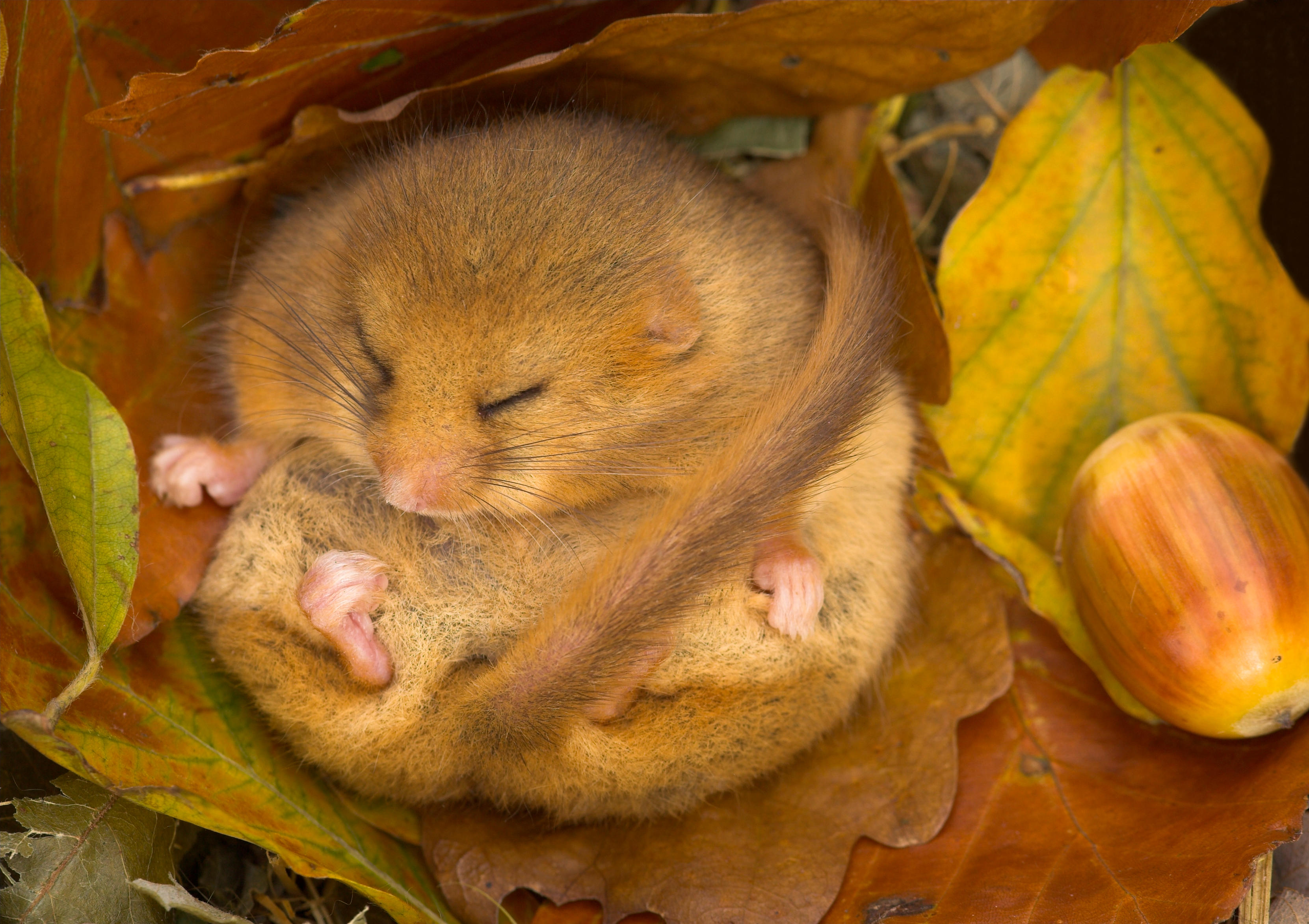
The dormouse doubles down on food, doubling its weight, prior to hibernation. This one is snuggled up in Leicestershire.
The prerequisite for hibernation is gorging beforehand, turning the body into a larder, so it can live off the fat. Hedgehogs pig out in autumn, fattening up by half a pound. The dormouse doubles down on food, doubling its weight. As the dormouse is, the British mammals that hibernate to avoid the hard, hungry times are insect-eaters, or part-insect eaters; in Winter, the huzz and buzz of the insects is all but gone, replaced by the sound of silence.
Fattening up on autumn’s fruits and food to survive compassionless Winter is a familiar for many, not only the true hibernators. Badgers do it for their ‘torpors’, their short semi-hibernal snoozes. The grey seal puts on fat as insulation to see the grim, grey season at sea through, yet remains as flippery active as ever. The blubber of the grey seal in Winter can be more than 4in thick. Moles and shrews, meanwhile, get through the lean times by getting lean. They shrink themselves, with Moley reducing body size by up to 11%. Sorex araneus, the common shrew, can decrease its skull by 20%. The diminutive creature’s organs are likewise contracted. The less the body, the less the energy required.
Insulation is the key trick of numerous stick-it-outs. The fox grows denser fur to trap air against its skin. Getting hairy is also the method of the ponies of the high country, such as the aforementioned Exmoor and Welsh. (The old breeds of pony have redoubtable innards, too, able to thrive on iron rations, such as bramble, much as deer do.) ‘Rugging up’ is not restricted to the wild and the feral. Utterly domestic lap dogs do it, leaving you with much hoovering when they shed this surplus fur in spring. The primitive breeds of sheep, such as Herd-wicks and Hebrideans, possess two coats, a protective, coarse outer jacket and a cosy inner. The blizzards of Winter roll off their backs, as the fine underwool keeps them snug. There are stories of Herdwicks being buried in snowdrifts for a fortnight yet surviving.
All our birds will fluff up their feathers to trap a layer of insulating air; a birdy duvet coat. The downy feathers of the eider duck (Somateria mollissima), an especially efficacious insulation, has been used for more than 1,000 years for bedding, hence ‘eiderdown’ as synonym for quilt. In cold weather, birds can often be seen tucking their heads and bills into the warmer layer of air under their back feathers. Breathing in this warmer air maintains their body temperature more efficiently. Also, birds of feather huddling together helps keep them warm in inclemency. Usually, wrens are highly territorial birds, but will roost communally should the mercury of the thermometer drop dangerously. The overnight record for the most wrens roosting together is 61, found in a single nestbox in Norfolk in 1969. Some wildfowl, meanwhile, have a trick up their legs, a counter-current heat-exchange system whereby warm arterial blood and cold venous blood pass each other closely in legs and feet. The result is that the birds’ feet and the external cold are near equivalent in temperature. Paradoxically, this reduces the risk of frostbite. It is why the tootsies of the mallards and pintails resting on the frozen surface of the lake do not fall off.

A grey seal pup enjoying some snow in Norfolk.
If Winter brings death, death itself is a survival strategy. The insects are masters of this, with the colonies of the social wasps, hornets included, dying off in autumn as food supplies diminish. The only survivors are the queens. All for one and all for one is their motto. Yet, the species lives on in the shape of the one and only queen. In contrast to this ultra-Darwinism, hive bees stay active, sustained by calorific honey. Clustering around the queen bee, they maintain her ambient temperature at about 35˚C, the workers constantly rotating to share the duty and give all a chance against the creeping-in cold.
Insects have existed for 480 million years, seen the Ice Ages come and go. They know the fantastic ways to endure Winter. There is metamorphosis, with the fleshy butterfly caterpillar making a hard-shelled chrysalis in which to mature safely, and there is producing glycerol to prevent water in the body turning to ice crystals. Brimstone, small tortoiseshell and peacock butterflies all wing it through winter as adults on Nature’s own antifreeze. The Atlantic wolffish (Anarhichas lupus) similarly employs ‘antifreeze glycoproteins’ to allow it to swim in frigid depths of the North Atlantic where few other fishy creatures dare go.
Spare a thought for the common black slug (Arion ater) when you look out on the garden this winter to see white death has come. The mollusc boasts no magical fluid, no super-insulation and no great reserve of fat. Its preference in Winter is for dark shelter, a crack in the ground, a crevice under rock. Sometimes, however, when Winter arrives, Arion ater is caught out in the open. Yet it will survive being literally half-frozen to death at -1˚C for two days, then come back to life. The slug slugs it out with Winter.
This feature originally appeared in the November 12, 2025 issue of Country Life. Click here for more information on how to subscribe.
-
 Dorfold Hall: The 'most neat and beautiful house of brick' that owes its existence to a desperate effort to secure succession
Dorfold Hall: The 'most neat and beautiful house of brick' that owes its existence to a desperate effort to secure successionDorfold Hall in Cheshire is an outstanding Jacobean house, but was an unexpected product of dynastic disappointment. John Goodall examines the remarkable circumstances of its construction; photographs by Paul Highnam for Country Life.
-
 The London house where Rolls-Royce's co-founder Charles Rolls tinkered with his very first car is for sale at £17 million
The London house where Rolls-Royce's co-founder Charles Rolls tinkered with his very first car is for sale at £17 millionCharles Rolls, the engineer and co-founder of Rolls-Royce, got his hands dirty when using the stables of this fine London home as a makeshift garage. Annabel Dixon reports.
-
 Retro rubbish: Waste from the 90s unearthed in 97-mile-long beach clean
Retro rubbish: Waste from the 90s unearthed in 97-mile-long beach cleanThe 6,482 volunteers unearthed waste discarded decades ago among the 232,229 pieces of litter recorded during the initiative.
-
 Yorkshire’s bravest and most charming gentleman — the Airedale terrier
Yorkshire’s bravest and most charming gentleman — the Airedale terrierBred on Yorkshire’s riverbanks to face otters, snakes and even enemy fire, the Airedale has gone from the trenches of war to the hearts and homes of presidents and movie stars.
-
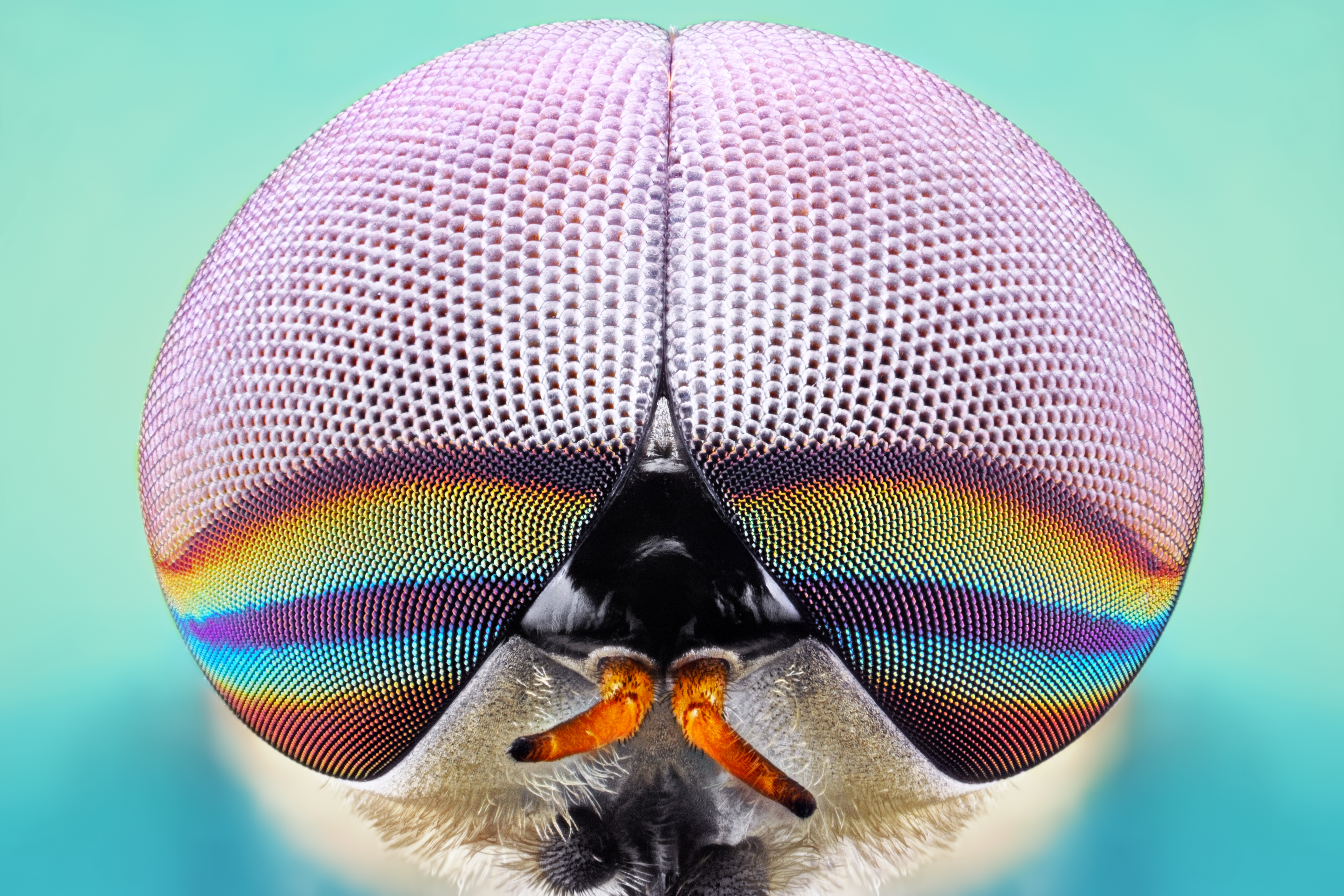 Dangerous beasts (and where to find them): Britain's animals that are best left alone
Dangerous beasts (and where to find them): Britain's animals that are best left aloneJohn Lewis-Stempel provides a miscellany of our otherwise benign land’s more fearsome critters.
-
 A true gent lets his hair down on a Wednesday: Inside our Savile Row party to celebrate the publication of Gentleman's Life
A true gent lets his hair down on a Wednesday: Inside our Savile Row party to celebrate the publication of Gentleman's Life'The party marked the ten-year anniversary of Gentleman's Life and it was, fittingly, a party for the ages.'
-
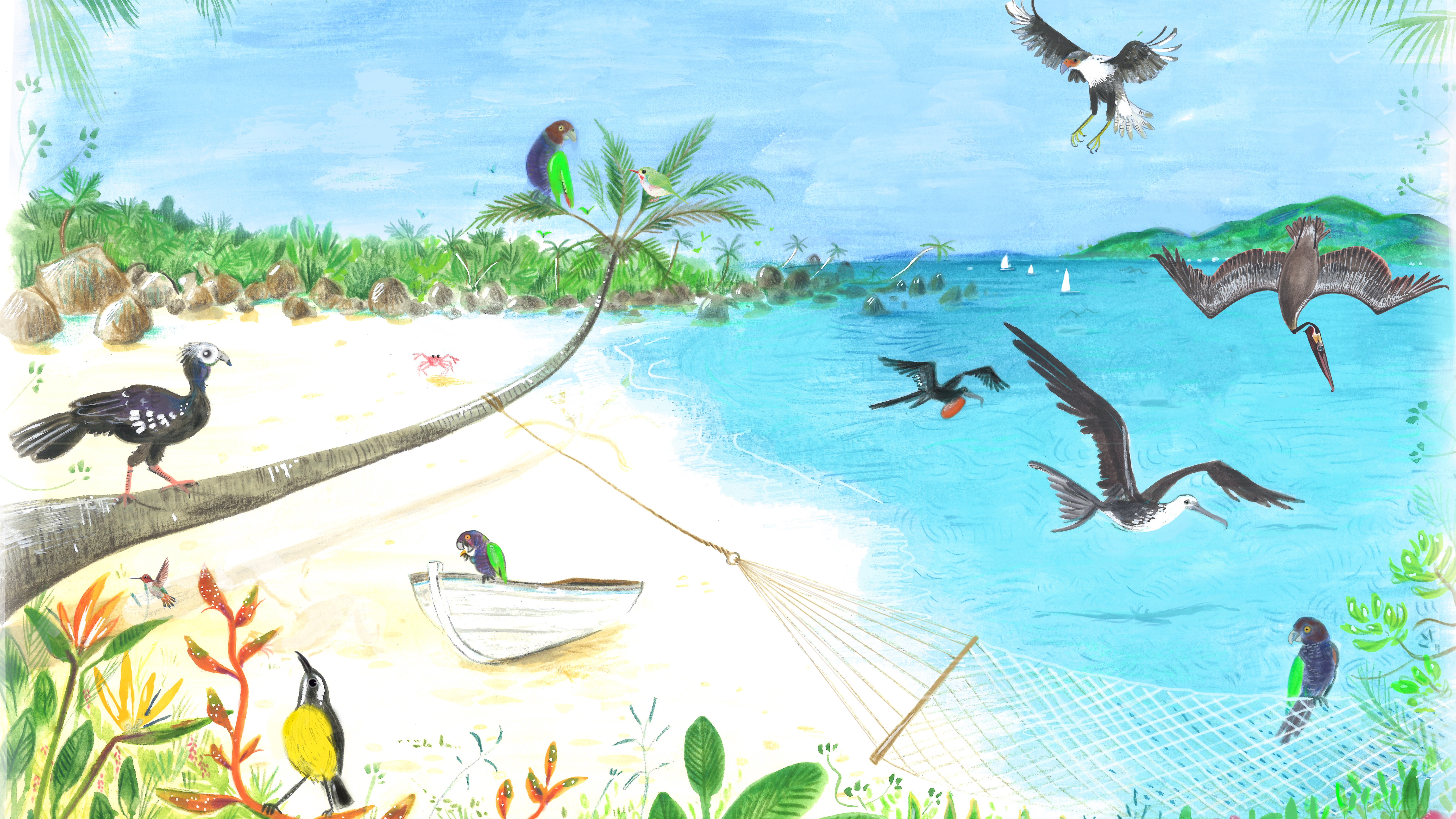 From the Caribbean with love: The other James Bond who wrote the definitive guide to tropical birds
From the Caribbean with love: The other James Bond who wrote the definitive guide to tropical birdsThe Caribbean plays host to a brilliant spectrum of colourful avians, says John Lewis-Stempel, as he revels in a birdwatcher’s paradise. Illustrations by Annabelle King.
-
 Best in class: This year's Georgian Group Architectural Award winners revealed
Best in class: This year's Georgian Group Architectural Award winners revealedThe Georgian Group’s Architectural Awards, sponsored by Savills, attracted another outstanding crop of entries this year. We reveal the winners, as chosen by a panel of judges chaired by Country Life's Architectural Editor, John Goodall.
-
 ‘Pope Paul V remains a popular effigy today, and gets blown up in Lewes most years’: A five minute guide to England’s wackiest Bonfire Night celebrations
‘Pope Paul V remains a popular effigy today, and gets blown up in Lewes most years’: A five minute guide to England’s wackiest Bonfire Night celebrationsThe market town of Lewes in East Sussex has not one, not two, but seven bonfire societies and its celebrations have been labelled the ‘only proper Guy Fawkes night left’.
-
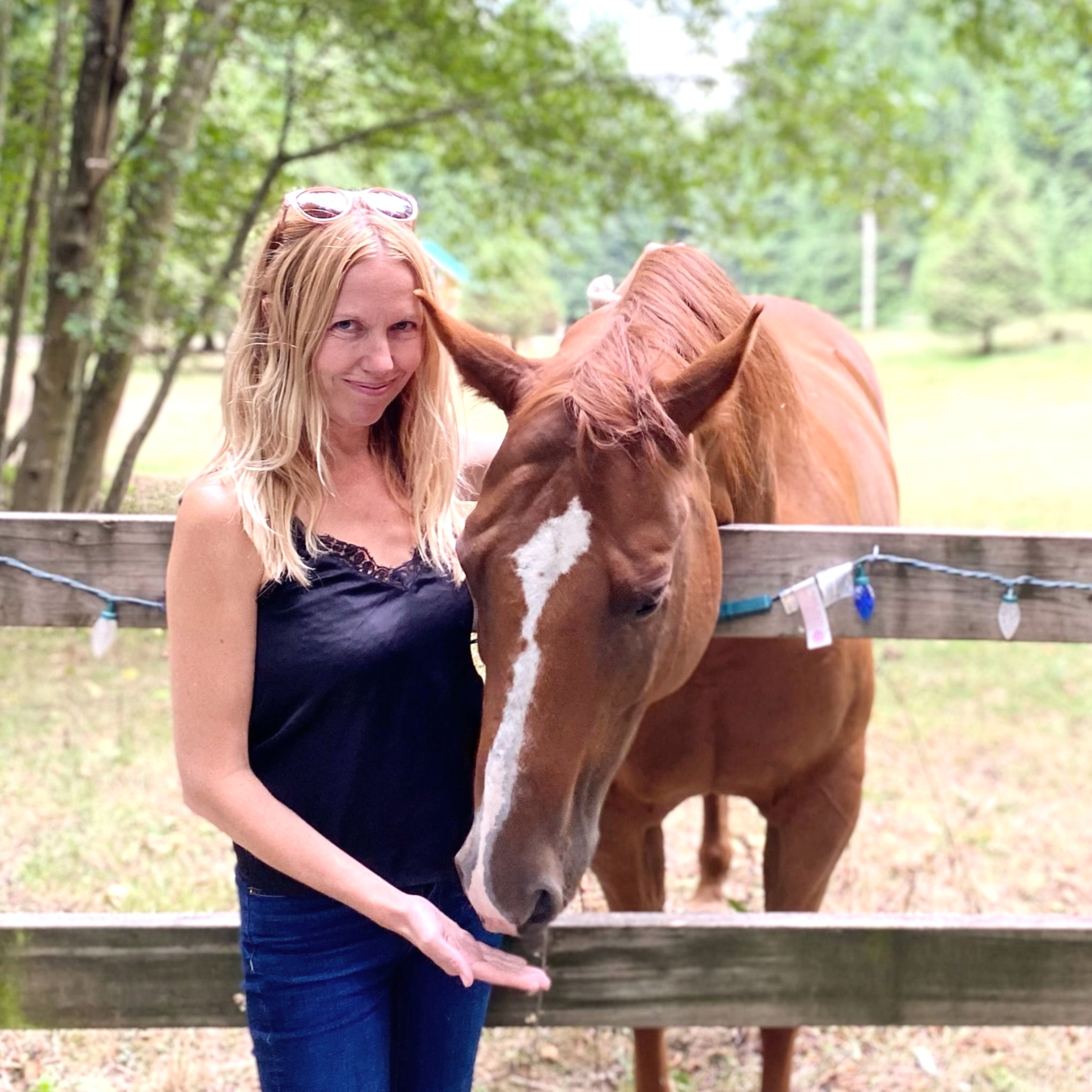 Amelia Thomas: The woman who learned to talk to animals
Amelia Thomas: The woman who learned to talk to animalsAmelia Thomas, the real-life Dr Dolittle who spent years decoding how animals talk, joins James Fisher on the Country Life podcast.
